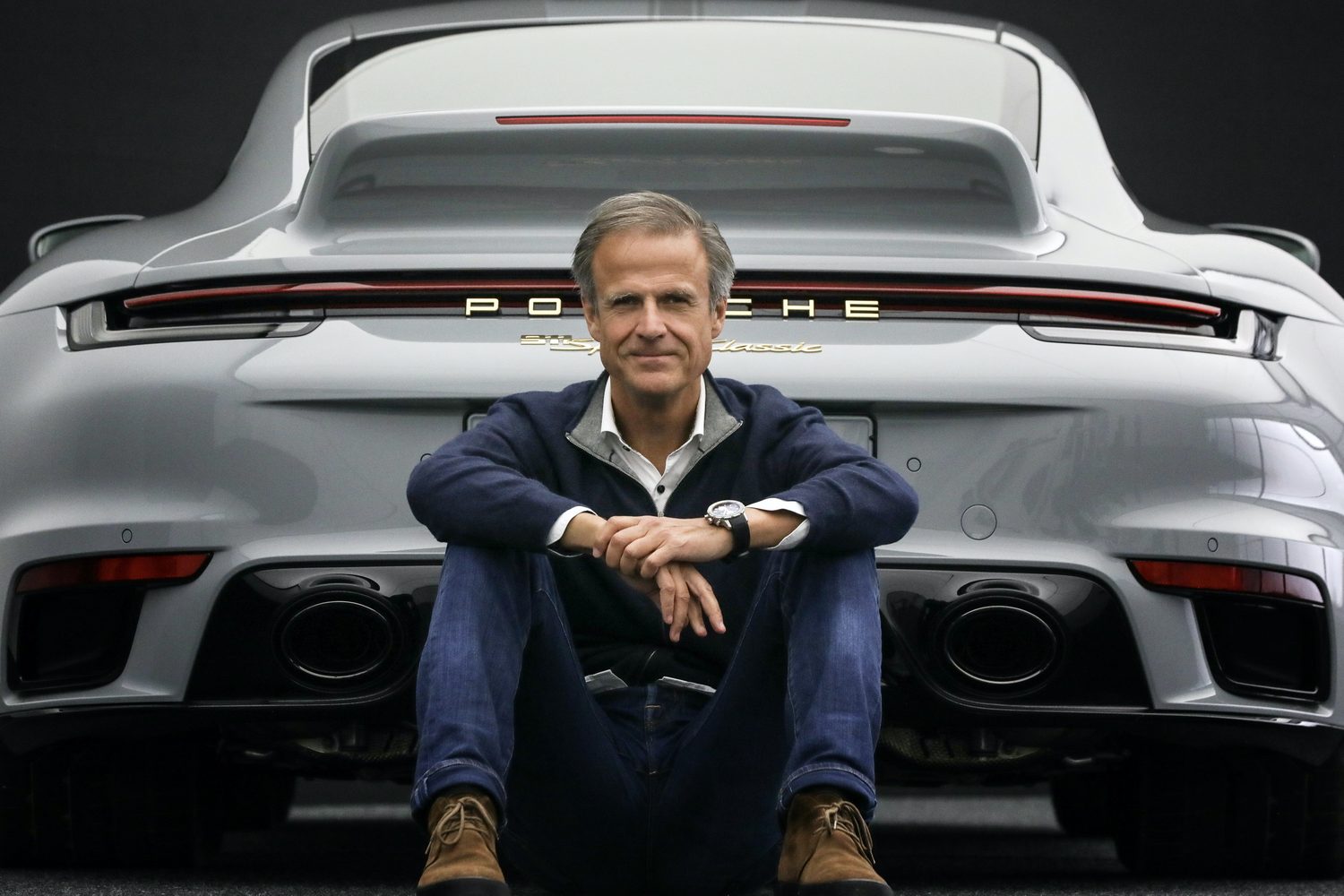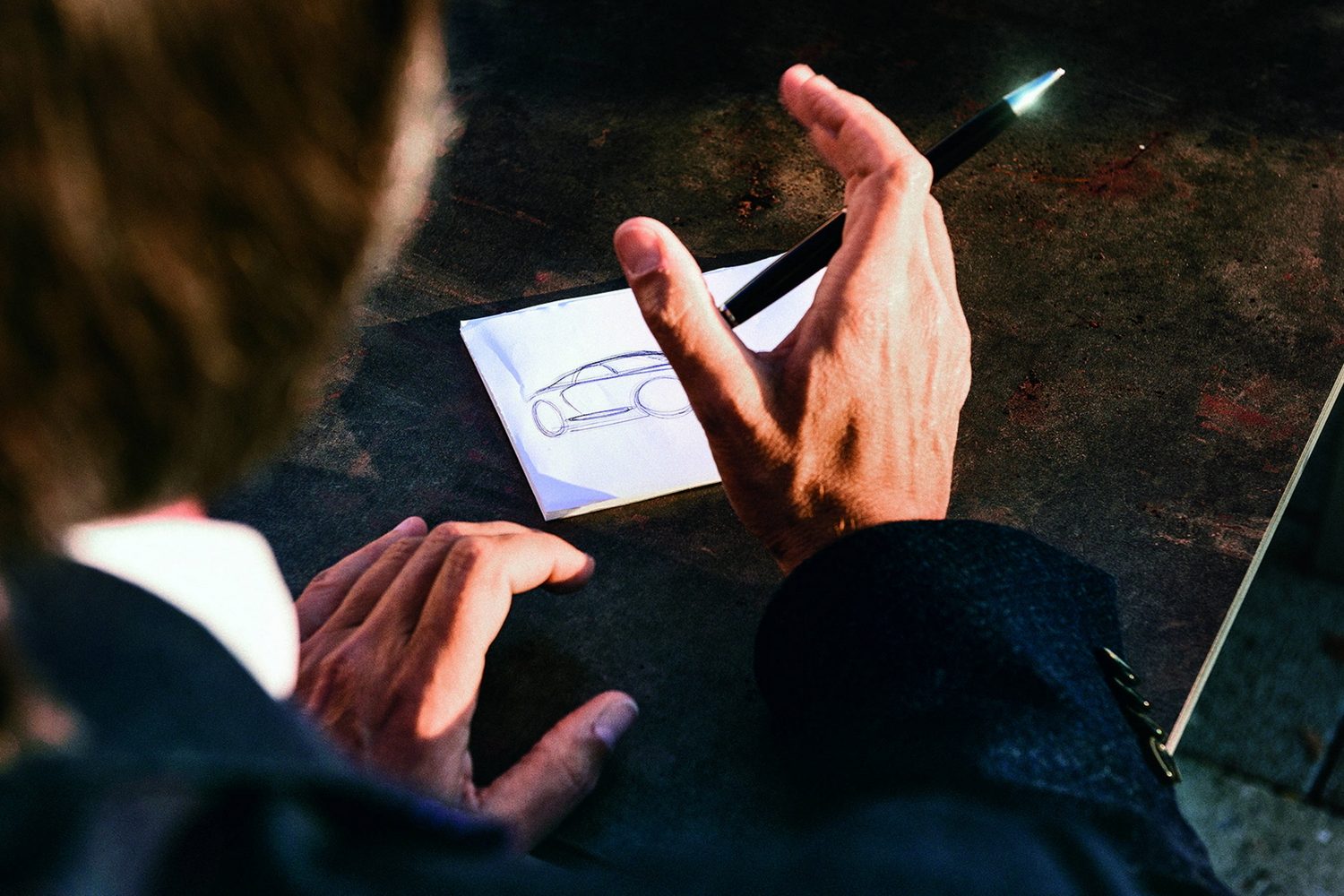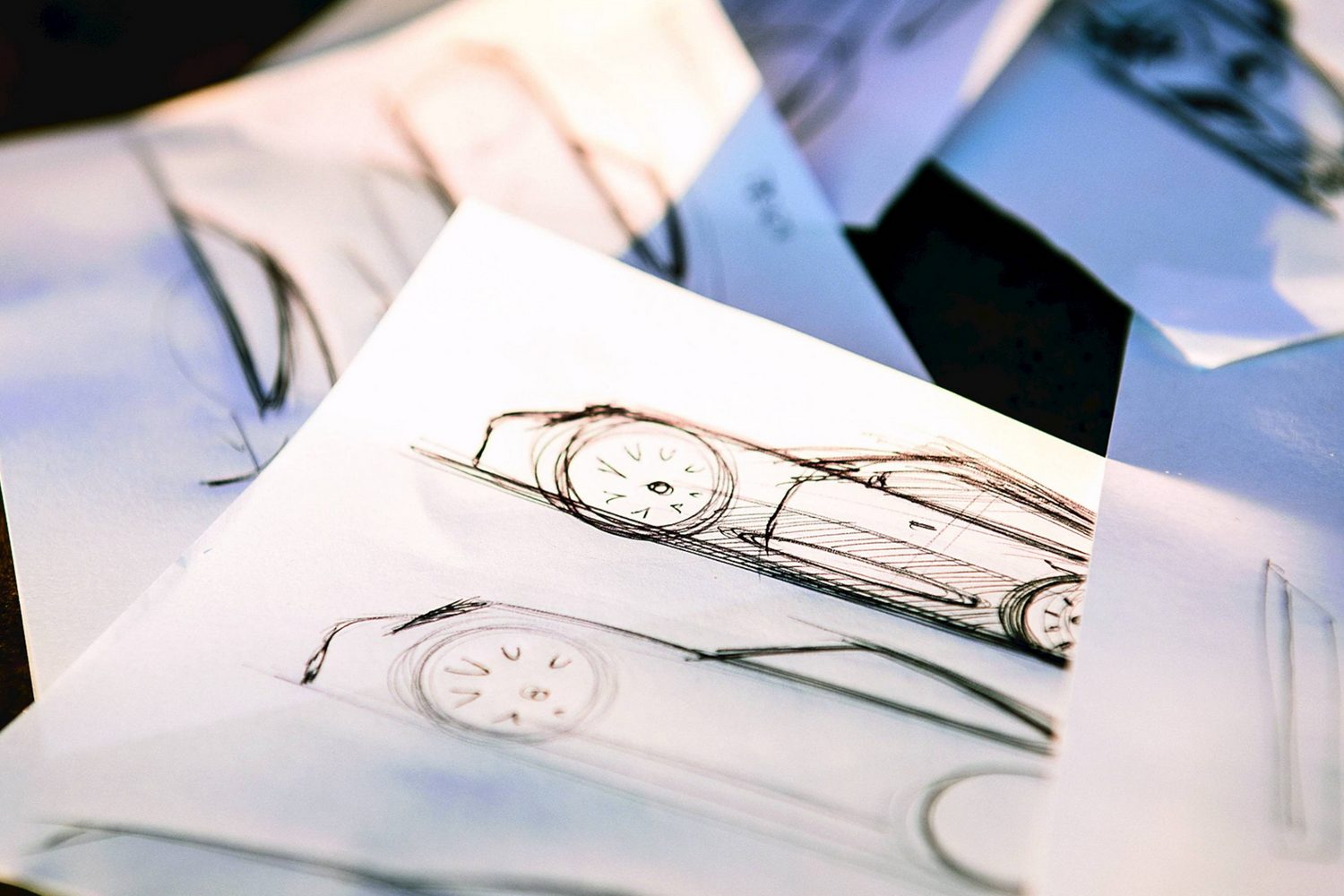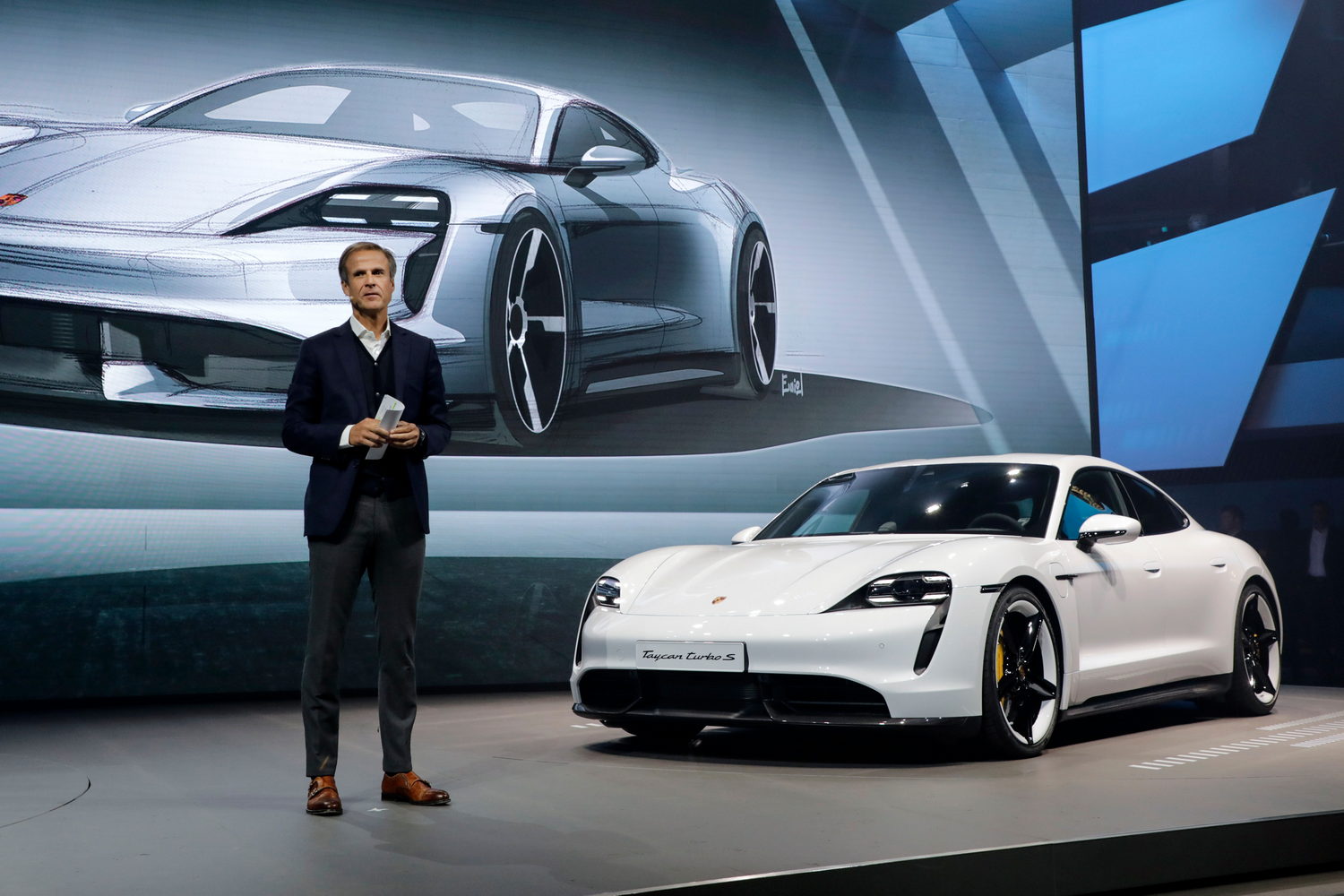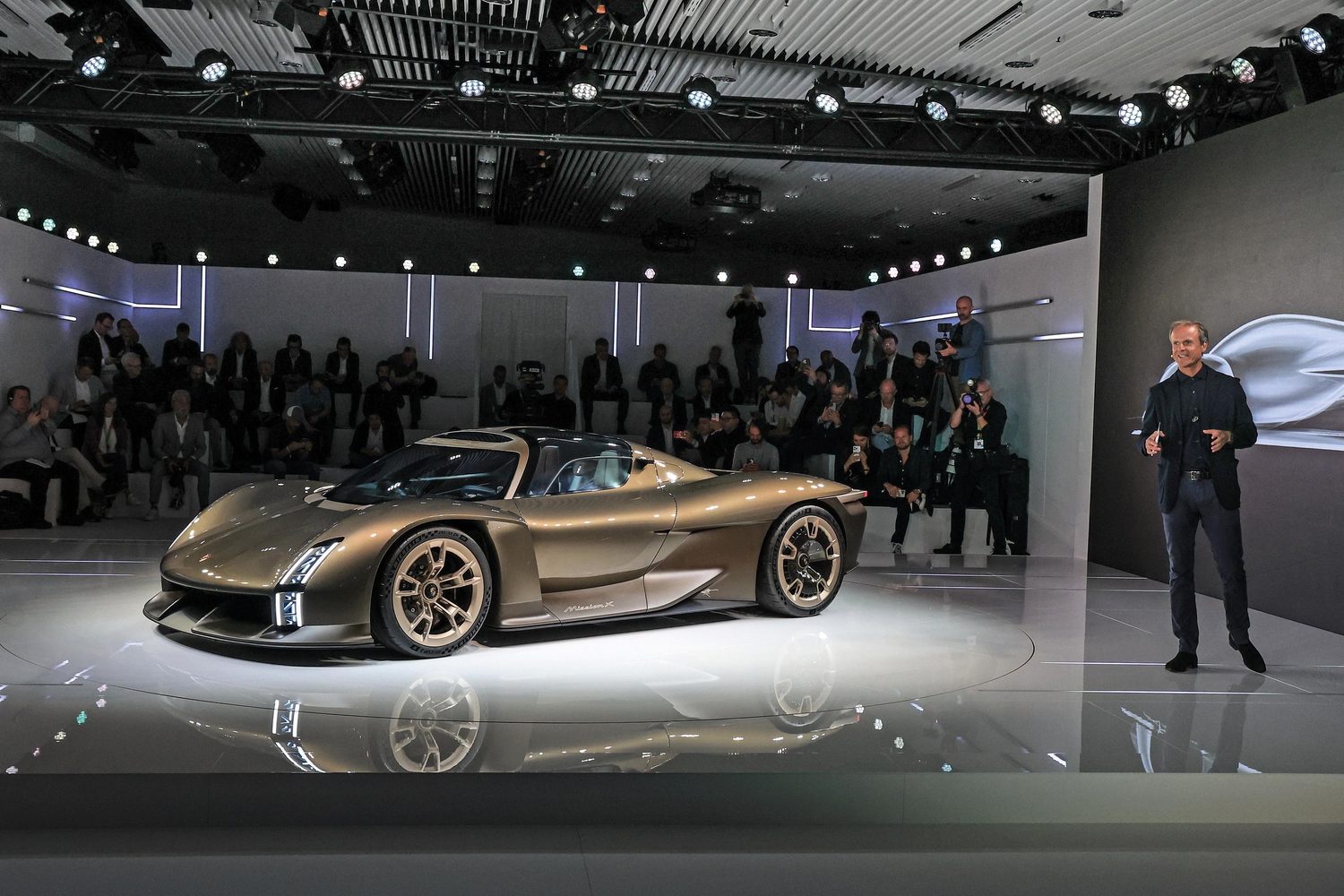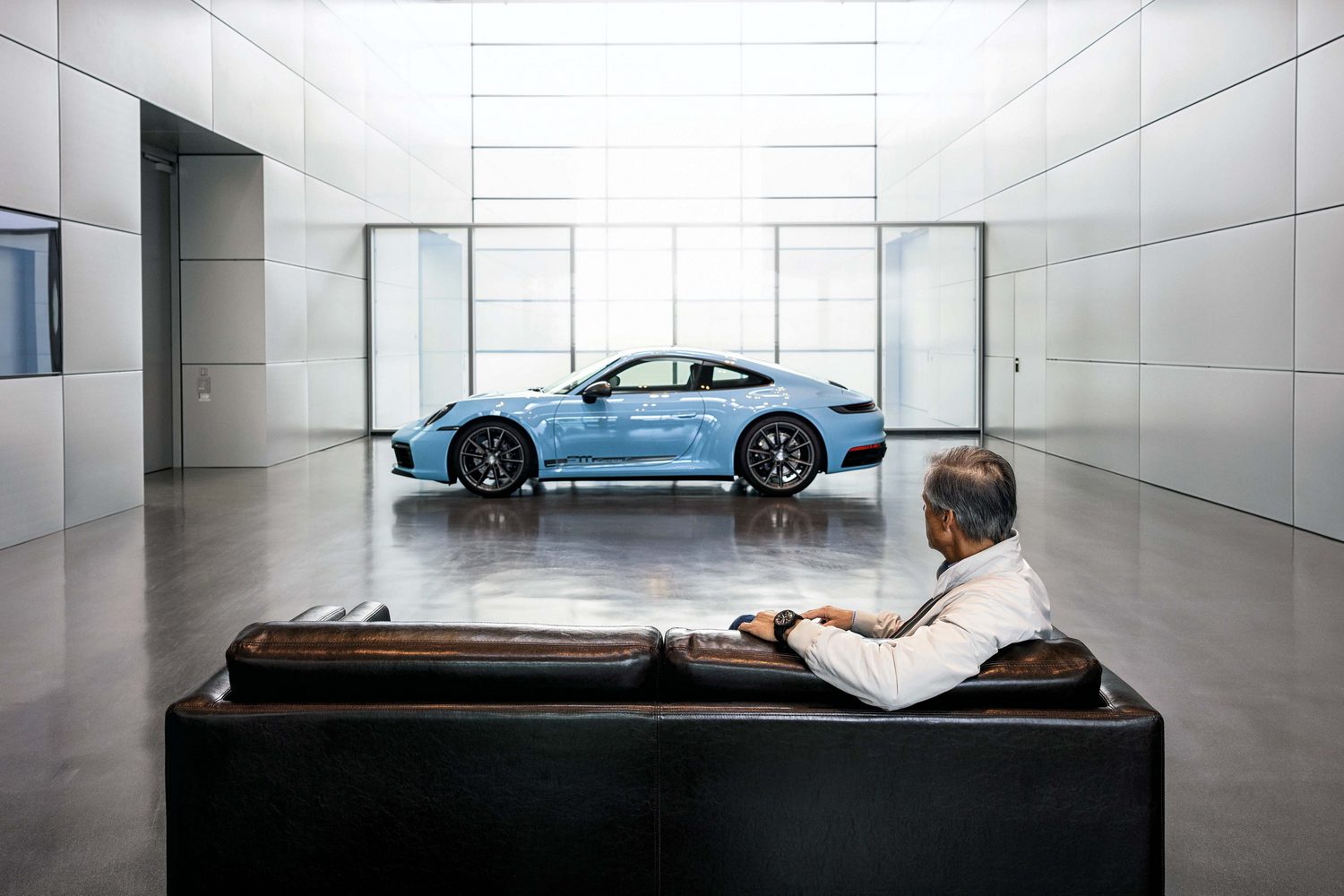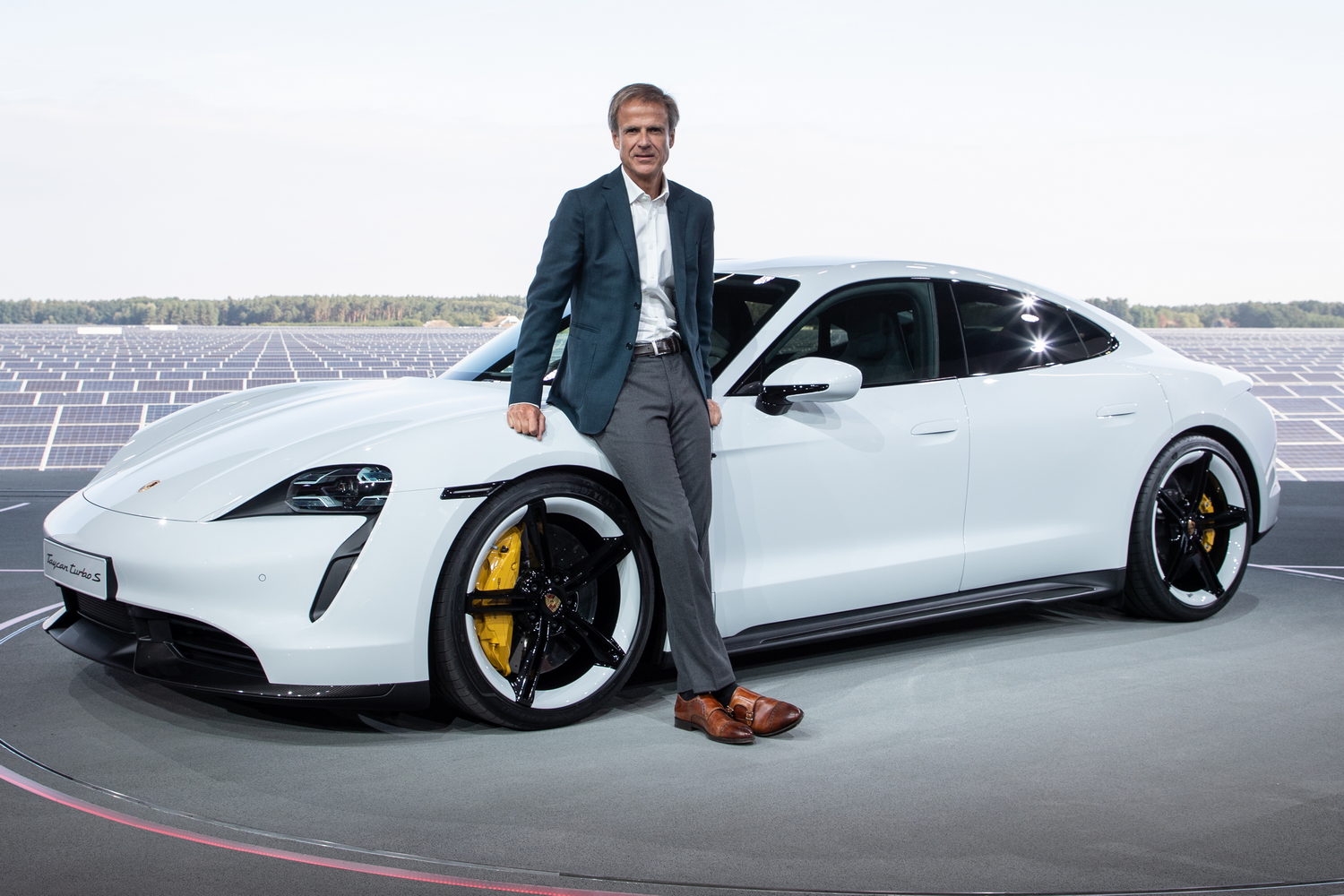Car design is all about throwing stones, it seems. Or at least that's the theory of Michael Mauer. Mauer has been head of design for Porsche since 2004, so if you are fan of the current line-up from Zuffenhausen - 911, Macan, Boxster, Cayman, Panamera, Taycan and Cayenne - or of past classics such as the 918 Spyder, he's the guy to thank. He's had a long and storied career, having started at Mercedes-Benz, before finding his way to Porsche via General Motors and Saab. On top of his work with the famed sports car brand, he's also now the overall chief of design for the entire Volkswagen Group.
And the stones thing? It's all about how far ahead you can push the design of a car...
"This is the biggest challenge for a designer" Mauer tells CompleteCar.ie. "I always use the image in my head of throwing a stone in front of you. You throw it into the future, but you must take care not to throw it too far away. Potential customers have to be able to find it, you see. There are so many examples in history of extremely innovative, progressive car concepts, which were so far ahead of their time, but they were not accepted."
That, perhaps, is the bedrock which underscores the styling of the current Porsche range. While a 911 looks instantly recognisable as itself, when you look closer - the surfacing of the brake lights, the subtle chamfering of the wheelarches, the delicate slats of the engine cover - you start to see the finer, brilliant detail.
"I feel, as a designer, you can start from what you have now, and try to walk with it into the future," says Mauer. "Or, you go very far into the future, and you try and work your way back to today. And I believe that's the way to go - if you start in the future and work back, you will find that you've gone a little further than you would have starting here and working forwards."
Clearly, technology is changing the world of the car designer. According to Mauer, it's been decades since car designers were given a fixed mechanical package and told to put a nice suit of clothes on it. Designers now collaborate with the engineers from day one so as to carefully match styling up with engineering and packaging, but the arrival of electric car technology, and how that technology is evolving, is going to put the designer front and centre as the lynchpin for the next generation of cars.
"I always try to compare this process to the evolution of mobile phones," says Mauer. "Thirty to forty years ago, you needed a suitcase just for the battery of a mobile phone, and now that has all gone away. Technology is not defining the size anymore, it's more about the ergonomics. You could, for instance, make a mobile phone that's even smaller than they are now, but it would not be useable. So, we are coming to a phase where the batteries and the motors for electric cars require minimal space, so then we have the freedom to create a new package for a car, to create new proportions which influence the look of the car."
A perfect example of this is the Renndienst concept - the dramatic MPV-shaped Porsche, shown in 2020 along with other previously unseen design studies. The Renndienst, with its central driving position and roomy body, would not have been possible, says Mauer, without the shift to electric motors and batteries. It would have been a hugely different car if it had been designed around a petrol engine (and Mauer does quietly let on that the Renndienst still stands a chance, if only a slim one of making production). Equally the Taycan, which began life as a 'four-door hypercar concept' sketch could not have retained its lean, low shape if it had not been decided to put it into production as an electric car.
Mauer drops hints that Porsche - and the wider Volkswagen Group - is looking at leveraging the packaging advantages of EV tech, but he pretends that he's got a failing phone line at his end when I ask him what those new models might be. However, there are some titbits...
"The big question is, are there proportions out there which are more attractive than the proportions we have today?" Mauer asks rhetorically. "We have the opportunity to 'bring back' designs, and the ID. Buzz is, for me, the best example of that. The fact that there's no longer an engine to package, if you think about the original 'Bulli,' when the engine moved to the front, the whole silhouette had to change. With the Buzz, we are coming back closer to that iconic original silhouette, but then we have to ask are there proportions and silhouettes that are entirely different that we can think of?"
Mauer seems to be nudging in the direction, for both Porsche and for the whole Volkswagen Group, of a mixture of cool retro-look designs living right alongside ultra-modern, forward-looking cars. "It's still a big, big advantage for the European car brands, that heritage," says Mauer. "So, it's something we can use, but then on the other hand you can think of car companies which were successful with a product, so they decide to not change or update that product, believing that it might last 15 or 20 years. And then they learn that the competition is moving in a different direction and was moving much faster, and suddenly this company is not on people's shopping lists anymore."
Mauer knows well the danger of relying too heavily on heritage and retro styling, even if it can - such as in the case of the ID. Buzz - work spectacularly well. In fact, the idea that a car needs to be truly forward-looking was drummed into him by a famous teacher. "When I worked with Mercedes-Benz, Bruno Sacco [the man behind the designs of the Mercedes C111 concept, the 190E, the famed W124 E-Class and the glamorous R129 SL among others] was with me when I was presenting some models of new cars. And he told me 'These, you could just bring them immediately into the museum.' If a car is not going to come out on the roads for another three years, you have to think that far ahead, and further, or it's already too old."
One thing won't change, under Mauer's watch, though and that's the 911, so all true car nuts can breathe a sigh of relief. In fact, the 911 might even become more like a 911 than it currently is...
"This is definitely a car which as designers, as Porsche designers, we should not mess with," says Mauer. "If you are a Porsche customer, or you have been one, or you are going to be one, then I think you would like to have a 911. So, any update has to be recognised first as a 911, and then secondly as a new 911. And we are always having the discussion: 'what if we make one without a combustion engine, is this still a 911?' Actually, as a designer, I'm thinking that with the new technology we could actually come closer to the original shape of the 911..."

